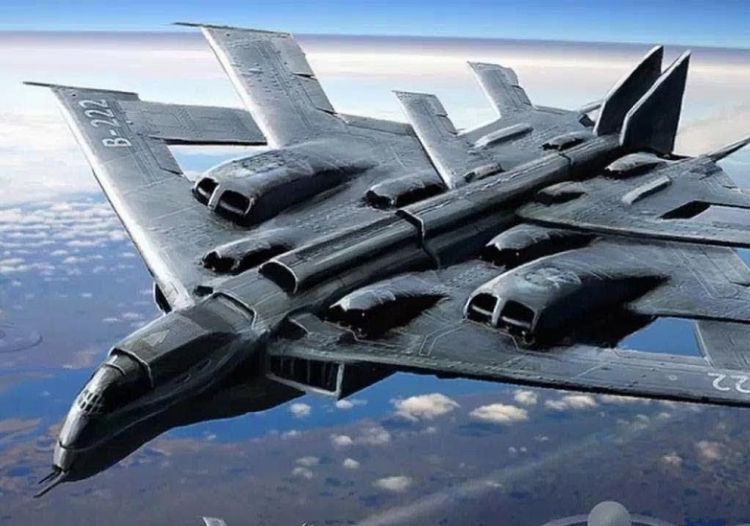Top 10 Man-Portable Anti-Tank Missiles
Anti-tank guided missiles were designed to destroy tank. Many of you may wonder which is the deadliest anti-tank missile. Here is the list of some of the best man-portable anti-tank guided missiles that are currently available. This list does not include vehicle-mounted and helicopter-launched missiles.
The key factors for this Top 10 list are range and penetration of the missile. Guidance method is also considered. Priority is given to advanced fire-and-forget and top-attack type missiles. This analysis is based on specifications and available data. This list does not include missiles that are still being developed.
So which is the best anti-tank guided missile in the world? Which are the deadliest missiles of this type and why?














